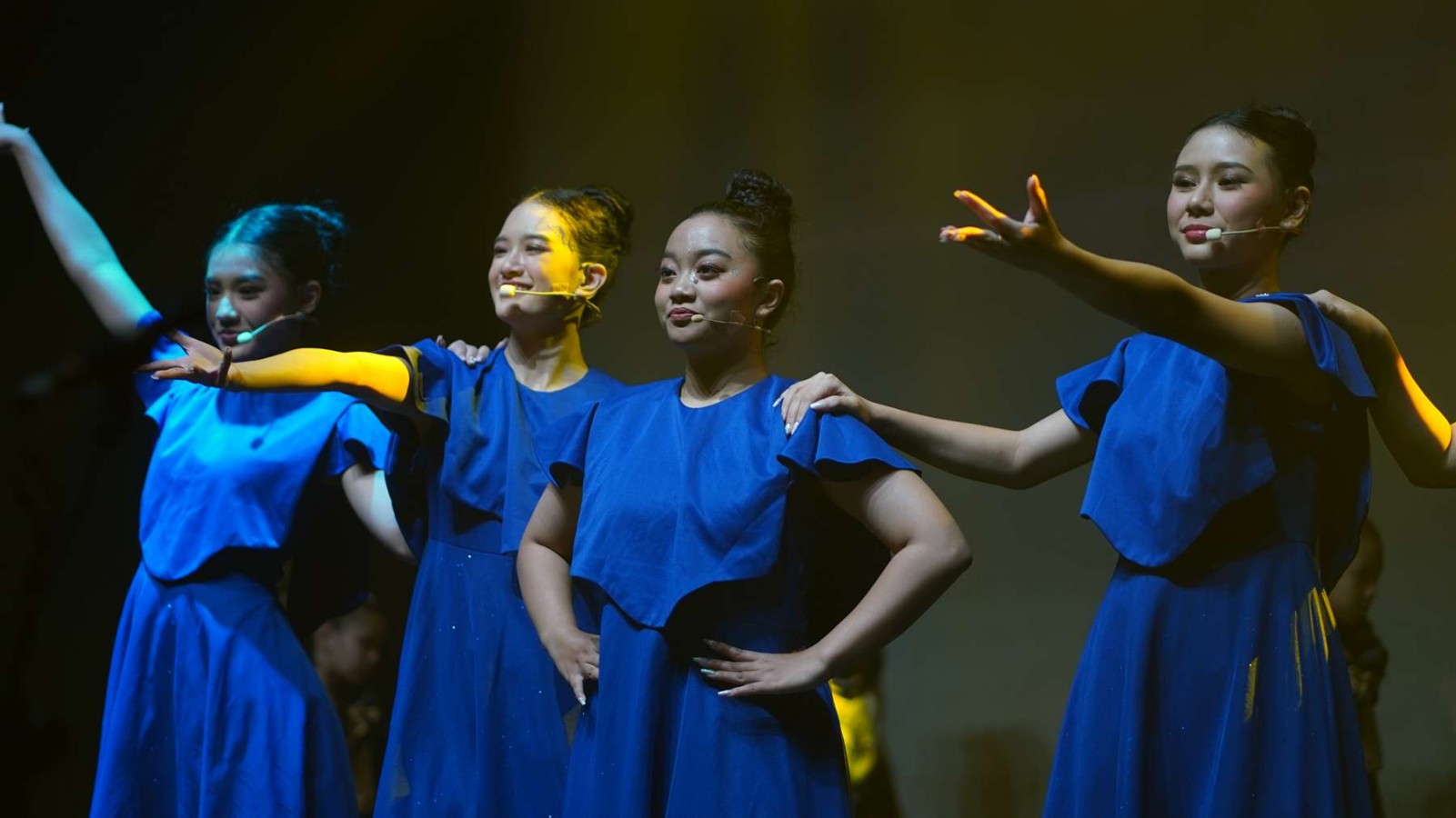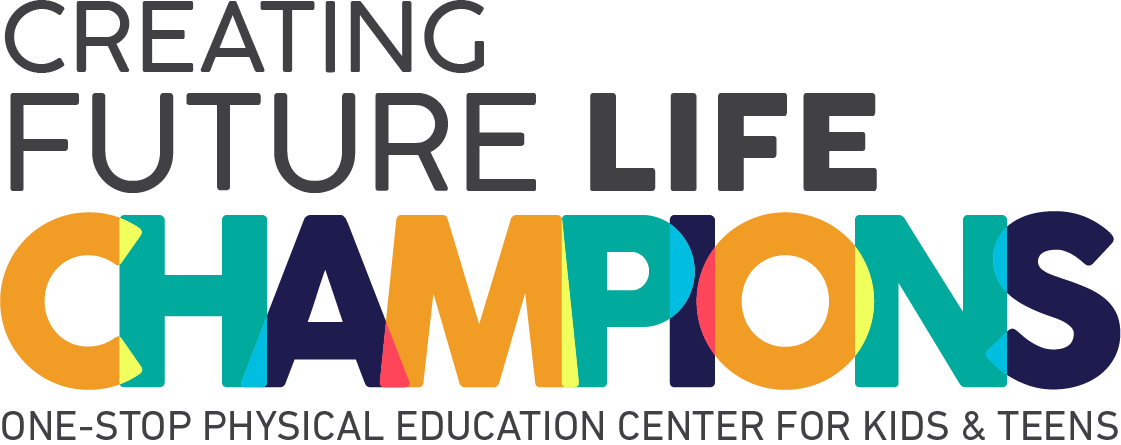Know The Difference Between Lyrical and Contemporary Dance

Ever watched a dance performance that made you feel like you were floating through a dream, while another left you breathless with its power and intensity? That’s the magic of lyrical and contemporary dance—two stunning styles that often get mixed up but have their own unique vibes.
Lyrical dance feels like poetry in motion, full of deep emotions and storytelling, while contemporary dance is bold, expressive, and pushes the boundaries of movement. So, what really sets them apart? Let’s dive in and uncover the key differences that make each style so mesmerizing!
What is Lyrical Dance?
Lyrical dance is a fusion of ballet and jazz that emphasizes emotional expression, fluidity, and storytelling. It is often performed to songs with strong lyrics, and the movements are designed to interpret and amplify the song's message.
Lyrical dance is known for its grace, continuous flow, and smooth transitions. Dancers utilize elements of ballet, such as pointed feet and elegant extensions, while incorporating jazz's turns, leaps, and dynamic movement. The goal is to create an expressive and deeply emotional performance that resonates with the audience.
What is Contemporary Dance?
Contemporary dance is an expressive dance style that blends ballet, modern, and jazz techniques. It is characterized by freedom of movement, versatility, and the exploration of emotions, often incorporating improvisation and unique choreography.
Unlike lyrical dance, contemporary dance is not solely focused on storytelling but rather on the physical exploration of movement and expression.
Contemporary dance elements encourage dancers to push the boundaries of traditional dance forms, using floor work, contractions, release techniques, and abstract movement patterns. Contemporary dance can be performed to a wide range of music, from classical to electronic, and sometimes even without music.
What Lyrical and Contemporary Dance Classes Focus On?
These two types of dance certainly have a different focus from each other, of course, with their respective benefits and the meaning of the dance itself. Here are the focuses of these two dances:
1. Lyrical Dance Classes
Lyrical dance classes primarily focus on developing emotional expression, musicality, and technique by combining ballet and jazz elements while emphasizing fluid movement.
Students will engage in ballet-based warm-ups and stretches, jazz-based leaps and turns, emotional interpretation of music and lyrics, storytelling through choreography, and smooth transitions between steps.
2. Contemporary Dance Classes
Contemporary dance classes emphasize movement exploration, flexibility, and versatility, encouraging dancers to express emotions beyond structured storytelling through unique and unconventional movement.
Classes typically include floor work and weight-shifting exercises, improvisation techniques and creative movement tasks, strength and body awareness development, understanding different movement qualities such as sustained and percussive, and exploring non-traditional choreography and abstract concepts.
The Main Difference Between Lyrical and Contemporary Dance
There are some major differences between the two dances. The most striking differences are music, movement, concept, and choreography. Here's the further explanation:
1. Lyrical Dance
Lyrical dance is all about expressing emotions and telling a story through movement. Dancers connect deeply with the music and lyrics, using their movements to bring out the feelings behind the song.
This style is heavily influenced by ballet, featuring smooth, flowing motions, controlled extensions, and elegant positions. However, it also adds a layer of expression and emotion to make each performance more powerful.
Musicality plays a big role in lyrical dance, as dancers focus on matching their movements to the rhythm, changes, and mood of the music to create a meaningful and impactful performance.
2. Contemporary Dance
Contemporary dance is all about freedom and creativity in movement. It allows dancers to experiment with different styles, from smooth and flowing to sharp and bold. This style encourages individuality, letting dancers express themselves in unique ways.
Contemporary choreography is often innovative, incorporating new ideas, improvisation, and influences from various dance styles. No wonder in contemporary dance competitions, dancers do a lot of improvisation, although not all the time.
Many contemporary routines also explore deeper themes, such as emotions, social issues, or abstract concepts, making each performance meaningful and thought-provoking.
Which Dance Do You Prefer?
If you’re interested in learning contemporary dance the right way, finding a contemporary dance class with a CSTD (Commonwealth Society of Teachers of Dance) curriculum is a great choice. At Rockstar Academy, the best Sports & Performing Arts Academy, students get top-notch training with this internationally recognized curriculum.
The goal? To create a safe, supportive, and fun space where dancers can develop their technique, explore different styles, and achieve personal growth. Students also get the chance to perform and compete in exciting events like the Elite Championships, RockOlympics, and Ballet & Contemporary Dance Recital, helping them build confidence and stage presence.
And the best part? Rockstar Academy offers a free trial class! So whether you’re a dancer ready to level up or a parent looking for the perfect class for your child, you can try it out first—no pressure! Sign up today and let’s dance!
FAQ
Is lyrical dance harder than contemporary dance?
Both styles require technical skill and emotional depth. Lyrical dance can be challenging due to its demand for grace and storytelling, while contemporary dance requires physical versatility and creative movement exploration.
Can I take both lyrical and contemporary dance classes?
Yes! Many dancers train in both styles since they complement each other. Learning both can improve your versatility, musicality, and movement expression.
Do I need ballet training for lyrical and contemporary dance?
While not required, ballet training helps develop technique, strength, and flexibility, making it beneficial for both lyrical and contemporary dancers.
What type of music is best for lyrical and contemporary dance?
Lyrical dance is best performed to emotional ballads or songs with meaningful lyrics. Contemporary dance is more versatile and can be performed to various genres, including instrumental, electronic, or even silence.
How do I choose between lyrical and contemporary dance?
If you enjoy storytelling through movement and graceful, fluid choreography, lyrical dance might be for you. If you prefer dynamic, abstract, and expressive movement, contemporary dance may be a better fit.



